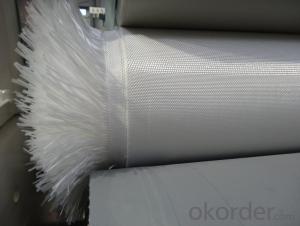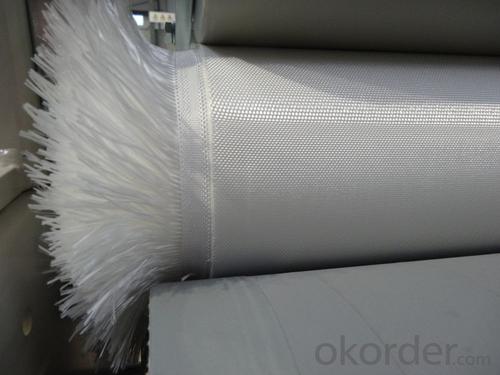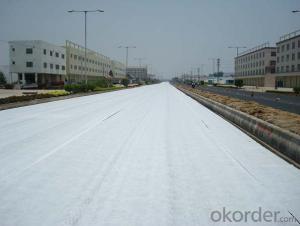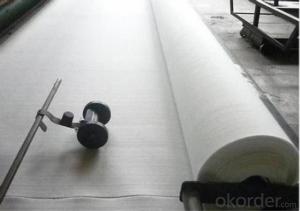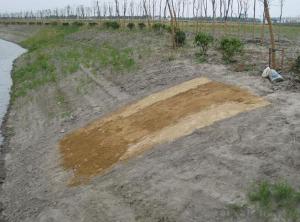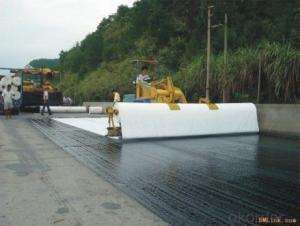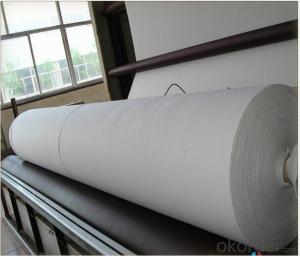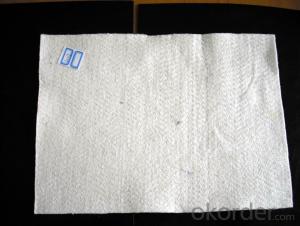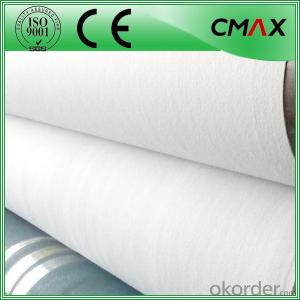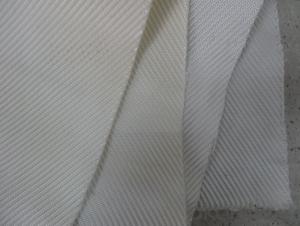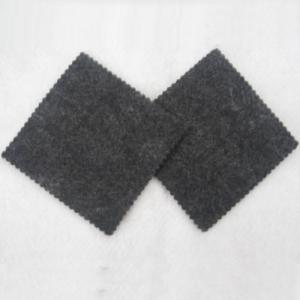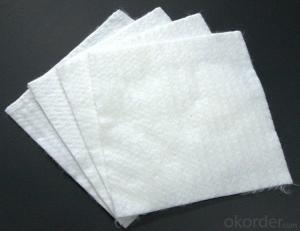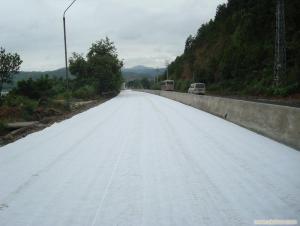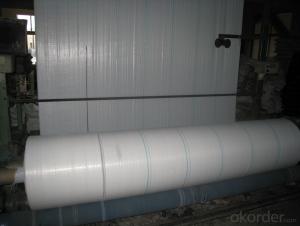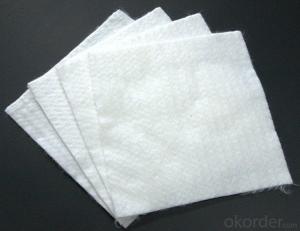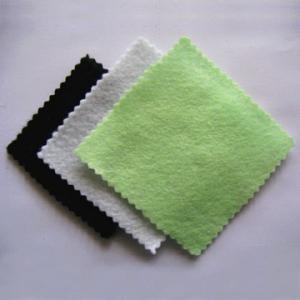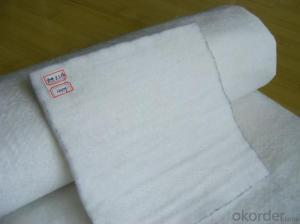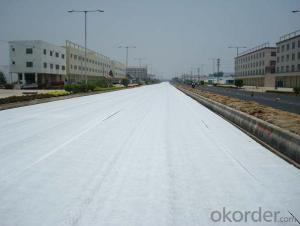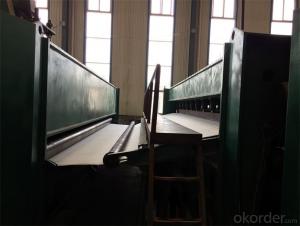12 Oz PP Woven Geotextile Continuous Filament
- Loading Port:
- China main port
- Payment Terms:
- TT OR LC
- Min Order Qty:
- 5000 m²
- Supply Capability:
- 300000 m²/month
OKorder Service Pledge
OKorder Financial Service
You Might Also Like
Specification
PP Woven Geotextile
PP Woven Geotextile Introduction
Woven Geotextile is made of high tenacity and high molecular weight polypropylene yarns. Wear-resisting, bursting resistant and high tensile strength, also provide different strength at low elongation.
PP Woven Geotextile Application
Woven geotextile can be applied in soil stabilization, embankment, reinforced wall and slope, sidewalk paver, coastal and riverbank revetments, landfill separators and capping, etc.
PP Woven Geotextile Advantage
-High tensile strength
-Wear resistant
-Burst resistant
-Easy carry and easy application
PP Woven Geotextile Specifications
| No. | Physical Properties | Index | ||||||||||
| Material | Polypropylene/ PP | |||||||||||
| Unit Weight, g/m2 | 140 | 200 | 260 | 320 | 390 | 460 | 530 | 600 | 680 | 760 | 950 | |
| 1 | Tensile Strength at break(MD), kN/m, ≥ | 35 | 50 | 65 | 80 | 100 | 120 | 140 | 160 | 180 | 200 | 250 |
| 2 | Tensile Strength at break(CD), kN/m, ≥ | 24.5 | 35 | 45.5 | 56 | 70 | 84 | 98 | 112 | 126 | 140 | 175 |
| 3 | Elongation Rate(MD), %, ≤ | 35 | 35 | 35 | 35 | 35 | 35 | 35 | 35 | 35 | 35 | 35 |
| 4 | Elongation Rate(CD), %, ≤ | 30 | 30 | 30 | 30 | 30 | 30 | 30 | 30 | 30 | 30 | 30 |
| 5 | CBR Puncture Strength, Kn, ≥ | 2.0 | 4.0 | 6.0 | 8.0 | 10.5 | 13.0 | 15.5 | 18.0 | 20.5 | 23.0 | 28.0 |
| 6 | Tear Strength, kN, ≥ | 0.5 | 0.8 | 1.1 | 1.3 | 1.5 | 1.7 | 1.9 | 2.1 | 2.3 | 2.5 | 3.0 |
| 7 | Sewing Strength, kN/m, ≥ | Tensile Strength at break x 50 % | ||||||||||
| 8 | Vertical Permeability Coefficient, cm/s | k x (10-2~10-5), k=1.0~9.9 | ||||||||||
| 9 | Sieve Size O90(O95), mm | 0.07~0.5 | ||||||||||
| 10 | Tolerances on thickness, % | ±8 | ||||||||||
| 11 | Tolerances on width and length, % | ±2 | ||||||||||
PP Woven Geotextile photos



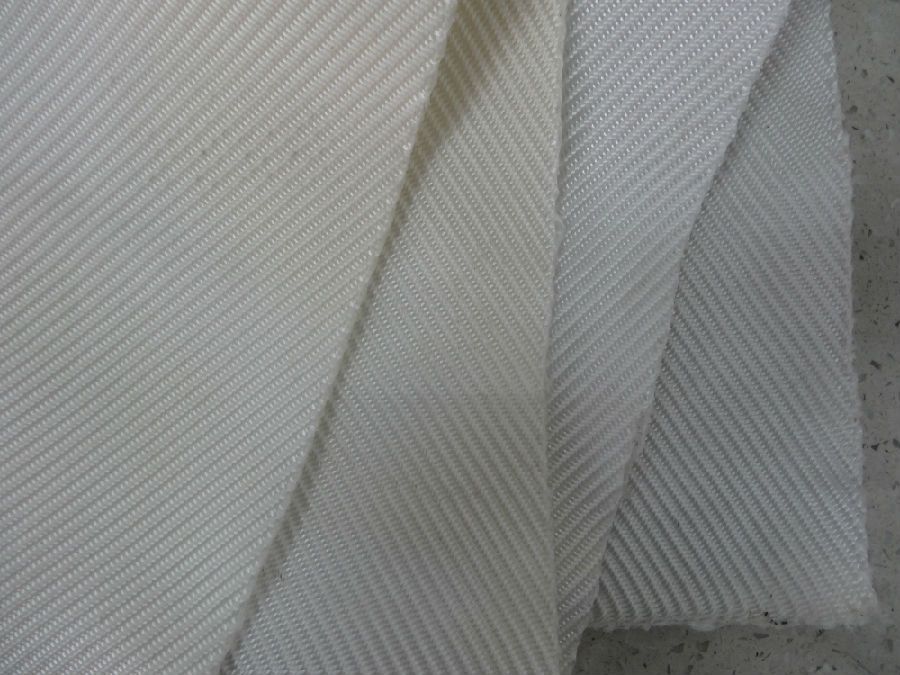

FAQ
1. Which payment do you accept?
For you convenience, our payment can be L/C, TT
2. Is free sample available?
We can supply free samples. You'll just need to pay for express cost.
3. How about your quality?
We have strict quality control system, we make testing on incoming raw material and finished products. Your third party testing is also welcomed. With high quality, our products are used on government projects at home and abroad. Our product quality is accepted by clients from all over the world. Warmly welcome your samples requirement or trail order.
- Q: Can geotextiles be used in the construction of green roofs?
- Yes, geotextiles can be used in the construction of green roofs. Geotextiles are often used as a layer in green roof systems to provide drainage and filtration, helping to manage water flow and prevent erosion. They can also help to separate different layers of the green roof system and provide stability to the growing medium.
- Q: Pudong Chuansha where to sell geotextiles
- Geotextile, also known as geotextile, it is made of synthetic fiber through acupuncture or woven from the permeability of geosynthetics. Geotextile is a new material geosynthetics which one, the finished product for the cloth, the general width of 4-6 meters, the length of 50-100 meters. Geotextile is divided into a spinning geotextile and non-woven filament geotextile. Use geotextile, letter, welcome
- Q: Concrete platform this time to water conservation?
- I can specialize in the production of geotextile materials
- Q: What are the geotechnical test test items for highway engineering? The
- The main inspection items are: ① Tensile strength: In the tensile test, the maximum tensile stress of the specimen up to the fracture is the tensile strength, which is called tensile strength in academia. ② elongation: elongation, that is, the percentage of the ratio of the total deformation to the length of the original gauge after the tensile fracture of the specimen. ③ tear strength: it is a thin film or thin film tear resistance of a test method defined in a term. This method is a tear test performed on a special testing machine with a specimen with a predetermined gap. ④ bursting strength ⑤ thickness ⑥ per unit area quality ⑦ permeability coefficient: permeability coefficient, also known as hydraulic conductivity. In an isotropic medium, it is defined as the unit flow rate per unit of hydraulic gradient, indicating the ease with which the fluid passes through the pore skeleton.
- Q: How do geotextiles help with soil confinement in erosion control mats?
- Geotextiles help with soil confinement in erosion control mats by providing a stable base for vegetation to grow, preventing soil erosion and promoting root development. The geotextiles act as a barrier, holding the soil particles in place while still allowing water to pass through, reducing the impact of rainfall or water flow on the soil surface.
- Q: How can we file in the Water Resources Department? I was doing hydraulic works with geotextiles, geogrids, gabion, gabbin.
- Water geotechnical engineering geotextile, geogrid, gabion, Geben network should belong to the geotextile material series, you can refer to the required record of the Department of Water Resources on the geotechnical industry for the record requirements. At present, the provinces and cities of the record requirements are not the same, you want to record in which provinces and cities will go to the provincial and municipal water conservancy department official website to see the specific requirements, the Internet will generally have publicity, you can call the consultation. The general information required for the record includes: business license, tax registration certificate, organization code certificate, national industrial production license, safety production license, ISO9000 / ISO certification, legal personality certificate, power of attorney, contract copy in recent years Three-year financial audit report, the company's basic household certification.
- Q: How do geotextiles help in the separation of materials?
- Geotextiles help in the separation of materials by acting as a barrier to prevent the mixing or migration of different layers of soil or materials. They provide stability and reinforcement, allowing for effective separation and drainage, thereby enhancing the overall performance and longevity of construction projects.
- Q: How do geotextiles contribute to land reclamation projects?
- Geotextiles contribute to land reclamation projects by providing erosion control, soil stabilization, and drainage solutions. They act as a barrier between the underlying soil and overlying materials, preventing soil erosion caused by wind or water. Geotextiles also help stabilize the soil, allowing vegetation to grow and preventing the formation of unstable slopes or embankments. Additionally, they aid in efficient drainage, ensuring proper water flow and preventing waterlogged conditions that could hinder the reclamation process. Overall, geotextiles play a crucial role in land reclamation projects by enhancing the stability and productivity of reclaimed land.
- Q: What are the experiments required for earthwork dam geotextiles
- The first thing to do is the "unit area quality" and "thickness", followed by "breaking strength", breaking elongation "," CBR broken strength ", and tear strength. Huazhi geotextile for your answer
- Q: What are the different geotextile installation guidelines?
- There are several different geotextile installation guidelines that vary depending on the specific project and goals. Some common guidelines include ensuring proper site preparation, including clearing and grading the area, as well as removing any debris or vegetation. It is important to properly measure and cut the geotextile to fit the designated area, allowing for overlap and securing the edges. Additionally, proper anchoring methods should be used to prevent movement or displacement of the geotextile. Finally, regular inspection and maintenance should be conducted to ensure the geotextile is functioning as intended.
Send your message to us
12 Oz PP Woven Geotextile Continuous Filament
- Loading Port:
- China main port
- Payment Terms:
- TT OR LC
- Min Order Qty:
- 5000 m²
- Supply Capability:
- 300000 m²/month
OKorder Service Pledge
OKorder Financial Service
Similar products
Hot products
Hot Searches
Related keywords
